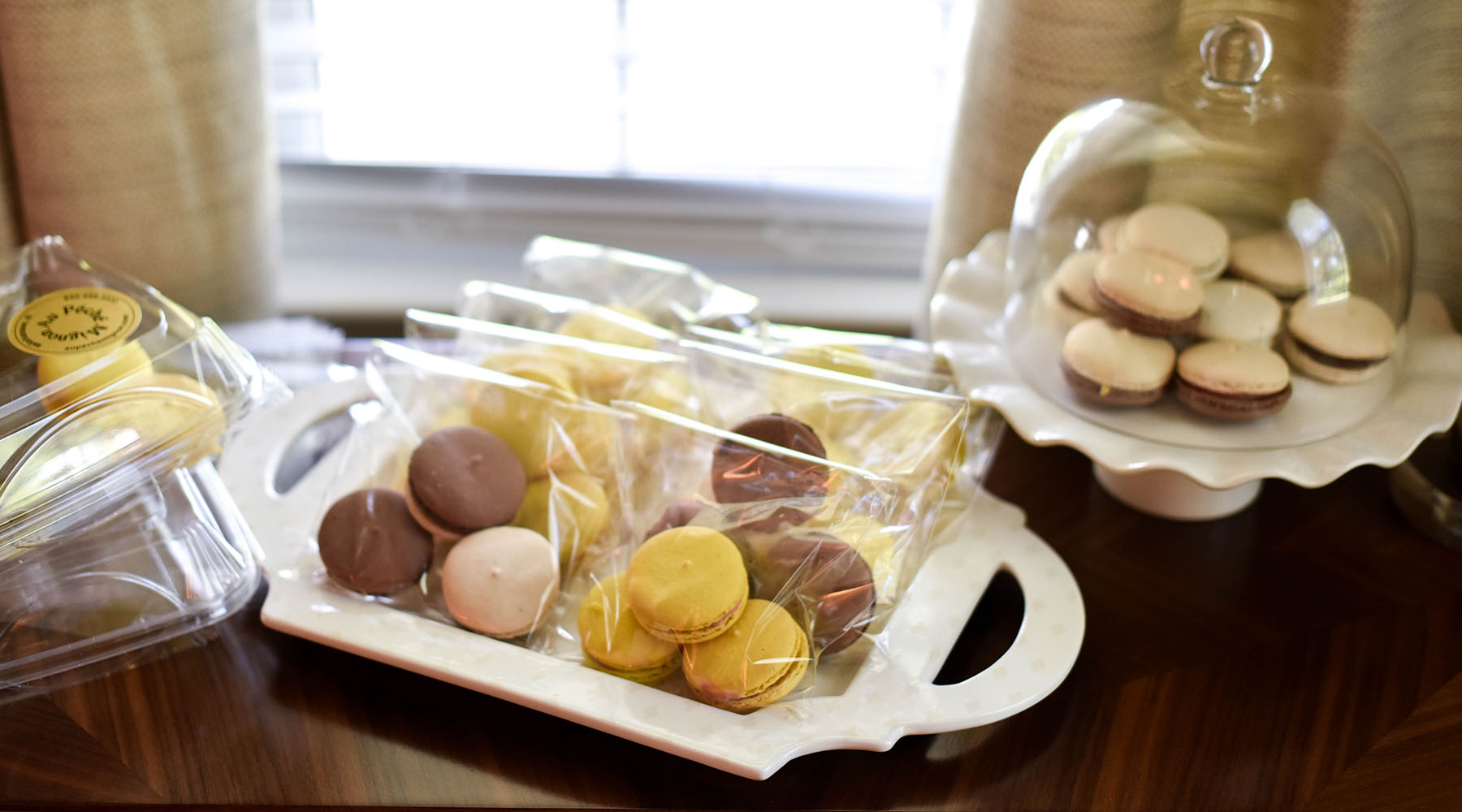
Creating an Inspired Dessert Table for Any Occasion
Give any event you host a sweet finish with a well-executed dessert table. A curated table dedicated to desserts builds excitement as the fun part of the meal or gathering. While your main meal is the focal point of the event, the dessert table may even outweigh dinner when done right.
The final course and its presentation can also enhance your theme, offer a chance for mingling, and satisfy any sweet tooth with something both beautiful and delicious. Learn how to style a dessert table for any occasion, whether you are hosting a formal dinner party or a casual backyard gathering.
What is a Dessert Table?
A dessert table is a beautifully arranged display of sweet treats that can add flavor, flair, and an interactive touch to your gathering. Sometimes called a dessert buffet or dessert bar, it can include anything from simple fare, such as cookies or cupcakes, to more decadent selections like cakes, tarts, or trifles.
This space provides more than just desserts, it can encourage guests to serve themselves. Some dessert table ideas you’ll want to include in your setup are:
- An assortment of sweets
- A stunning presentation that corresponds to the theme and/or atmosphere
- Drink pairings like coffee, tea, or dessert wines
- Dessert plates
- Table accessories and serveware such as napkins, utensils, and serving pieces
3 Reasons a Dessert Table Is Helpful When Hosting
- A designated location encourages guests to relocate and spread out to a different spot in your home than the main meal or appetizer course might have been served. This not only extends the life of your party and encourages guests to linger longer - the fun! - but you're actually using more of your home as well.
- A dessert table allows for efficient self-service, which reduces the need for constant attention from the host. You can settle in to enjoy your event and your guests rather than worry about coordinating and serving one more course.
- It can bring your theme full circle and offers yet another opportunity to use your favorite dessert plates or serveware pieces from your collection.
When to Have a Dessert Table
If dessert is being served, it’s the right time for a dessert table! They may be the most fun to create for big, themed parties or for holiday dinners since you can use the opportunity to design a festive visual that enhances your event. {Just imagine a gorgeous Thanksgiving pie showcase or festive Christmas cookie setup.}
How Many Types of Desserts Do I Need On My Dessert Table?
Your guest list can help determine the size of your dessert display. For large events, you should plan to have several sweet options for your guests, maybe one to two per person. If you’re hosting a small gathering, like an intimate dinner for four, a variety of treats isn’t needed, and offering something simple like coffee, cake, and fruit arranged beautifully on a coffee table is the perfect finishing touch to a lovely meal.
Perfect Occasions for a Dessert Table:
- Weddings
- Birthdays
- Showers
- Corporate events
- Holiday parties
- Graduations
- Anniversaries
- Game-day parties
- Engagement parties
- Themed events
5 Steps for Creating a Dessert Table
When you create a dessert table, you elevate your event in a fun and tasty way. Variety is the spice of life, as they say, especially when something sweet is involved. Here are dessert table ideas that will help you design a spectacular tablescape for any event:
Step 1: Choose Your Desserts
When selecting desserts for your table, you want to consider a few factors as you compile your menu. To pick your sweet treats, we suggest that you consider the following:
- Visual appeal: Think eye-catching and beautifully presented confections, such as colorful macarons, intricately decorated cupcakes, elegant mini tarts, and smoothly frosted cakes. Use complementary colored dessert plates that accentuate your goodies.
- Variety: You should offer an assortment of desserts that appeal to a variety of tastes and dietary preferences. Mix up flavors and textures, like sweet, velvety cakes contrasted with zesty lemon bars or a crunchy pecan pie. And if you have guests with specific dietary needs, try to include some dairy/gluten/nut-free options in your spread so there’s something for everyone to enjoy.
- Portion size: Small, individual-sized desserts like petit fours, mini cheesecakes, bite-sized brownies, and pre-cut slices of pie and cake make it easy for guests to sample several options. Plus, they are easier to serve, pick up, and eat.
- Stability and shelf life: Choose desserts that you can display for a few hours without them melting, spoiling, or losing their shape. Items such as cookies, macarons, and cupcakes hold up well, while ice creams or cakes with delicate frostings may not.
- Themed and seasonal items: Incorporate desserts that match the theme or season of your event. Seasonal fruits, holiday-themed cookies, or sweets with decorative elements {like edible flowers for a spring event} add a thoughtful touch and enhance the overall atmosphere. You can even serve those on seasonal platters and plates.
Our Favorite Dessert Recipes:
While you’re thinking about choosing your sweets, here are some of our favorites to help you get those dessert table ideas flowing:
- Apple cupcakes with caramel icing
- Pecan pie
- Buttery pound cake with Nutella swirl
- Easy peach cobbler
- Gooey chocolate chip cookie pie
If you’re already cooking the rest of the meal, opt for a store-bought dessert from your favorite local bakery or even a pretty-packaged gourmet chocolate bar for a take-home dessert.
Step 2: Match Your Main Tablescape Theme
The key to an inspired dessert table starts with styling it according to your overall theme. That means staying consistent with any accent pieces, decorations, colors, and patterns you’ve already used so that your display is the event’s “icing on the cake.”
Think about how the table linens, centerpieces, and dessert plates contribute to the overall look {just imagine how fresh-cut blooms next to colorful treats served on our small Speckled Rabbit plates can enhance your Easter celebration dessert table}. Remember to create a balance by introducing a focal point, maybe a floral centerpiece or a cupcake tower that matches your overall setup, then building the look from there — adding your treats, dessert plates, utensils, and any other table accessories needed.
Step 3: Select Your Serving Dishes
When choosing your serveware, you want functional designs that complement your theme and color scheme. For example, natural wooden platters and dessert plates like those from our Fundamentals Collection would be ideal for a casual backyard gathering. A holiday-themed occasion might showcase those special Santa platters and coordinating dessert plates you typically use only a few times a year.
Dessert Serving Dishes:
Salad plates: Salad plates – which often double as dessert plates – are the perfect dishes to have on hand to serve your final course. They are fairly small in size and easy to hold and manage in one hand as you mingle about a room. Stack dessert plates neatly to the side of the dessert table for easy access.
Cake stands: Cake stands serve many functions: they add height, drama, and sophistication to your table design, enabling you to create a centerpiece with a special dessert. It also prevents icing from getting damaged as the dessert plate is moved around.
The stand isn’t just for cake; it can display cupcakes, cookies, or pies perfectly. Here’s a dessert table idea: with a little imagination, it can become a place for appetizers or even a drink station. We’re proud to say that our cake stands, available in two sizes, are special. For the second year in a row, our Signature White Ruffle Cake Stand won The Knot’s Registry Award.
Keep your treats fresh and pair your cake stand with a glass dome. This makes the treat a dramatic focal point of the table since the transparent covering emphasizes its attractiveness. With some creativity, the dome offers the same impact over cheese platters, pastries, or cupcakes.
Domes are also practical. A sealed environment retains moisture, keeping your dessert fresh. It will also protect your food from insects, dust, or the elements — making it especially useful for outdoor parties in the summer.
Bowls, gravy boats, and spoon rests: A good dessert table idea is to include bowls and gravy boats in the mix. Large bowls can hold a quart or gallon of ice cream or freshly whipped cream. These allow guests to scoop their portion easily into smaller bowls for their individual portions.
A gravy boat is also a creative way to serve whipped cream with a small ladle. Try it as an easy-pour vessel for a special sauce {mmm – hot fudge or a salted caramel drizzle?} on an individual serving of ice cream or bread pudding. Spoon rests are essential to keeping the self-service area clean and tidy by designating a serving utensil for each dish.
Must-Have Oven-to-Table Dessert Dishes Include:
Pie dishes: When choosing your pie dishes, consider design, material, and size. The material of a pie dish matters — for instance, our Signature White Ruffle Pie Dish allows you to transfer your pastry from the oven directly to the dessert table. You could say it’s as easy as pie!
Casserole dishes: We put a lot of thought into designing the most stylish and functional bakeware. This is why our casserole dishes are not only beautiful but can move from oven to table for effortless entertaining. Our Signature White Ruffle Casserole, Iris Blue Drop 13 Casserole, and Red Stripe 13 Ruffle Casserole all offer excellent heat retention and add a lovely aesthetic to any table.
The real wonder of casserole dishes is their versatility. You might think they’re only good for foods like lasagna, beef stroganoff, or a potpie, but they also work perfectly for classic desserts like cobblers, crisps, puddings, fruit pies, crumbles, and trifles.
Loaf pans: You can make so many yummy things with a good loaf pan — such as pound cake, bread pudding, brownies and bars, and even no-bake icebox cakes. The pan’s steep sides especially work well when baking sweet and seasonal breads {learn how to shape dough for a loaf pan}.
Our favorite loaf pans — Signature White Ruffle Loaf Pan, Iris Blue Ruffle Loaf Pan, and the Red Stripe Ruffle Loaf Pan — match the patterns of Coton Colors’ pie and casserole dishes, making it easy to create all types of tablescapes, whether you prefer something more cohesive or you like to mix and match dessert plates to add depth and interest.
Step 4: Don’t Forget the Accessories
Where there is pie and cake, there must be serveware. Tools like a serving fork or serving spoon help move portions from platter to dessert plate. Each dish should always have its own utensil to make distribution smooth and easy. Dessert etiquette dictates that you should also include personal utensils, such as spoons and forks, depending on the dessert you are serving.
Organize all your serveware before your party. Look at every offering, choose an appropriate utensil, and then store them on a table or counter spot until required. Such preparation enhances the dining experience for guests and makes serving dessert easy for you.
Step 5: Arrange Your Dessert Table
A beautiful dessert table starts with a tablecloth as its base. Select a solid color or simple pattern that complements your treats rather than competing with them. Lighter hues offer a more casual vibe, while darker ones provide impact. For the perfect length, measure your table and add 12 to 20 inches more on each side for casual meals and 60 inches for a more formal event.
When placing the desserts, start with the main display — choose a sweet with height like a tiered cake or cupcake tower. Next, add the other selections, playing with space as you place cake plates and bowls around the table to maximize visual appeal.
Pro Tip: A dessert table idea is to use cake stands for tiered serving. As a bonus, this presentation style also makes food more accessible to guests
As you organize the table, mindfully place tall displays so guests can access their sweets without knocking anything over as they fill their plates. Make sure that accouterments like ice cream toppings or sauces are located near their dessert. Consider, too, what serving style works best for you:
Individual portions already placed on dessert plates for grab-and-go convenience
Buffet style, with stacks of plates, utensils, and cocktail napkins, ready for guests to serve themselves
Here are some entertaining essentials to consider using on your table:
- Toothpick holders
- Utensils
- Names of desserts and listed allergens
- Napkins
- Serveware
- Decorative accents
Does a Dessert Table Need a Centerpiece?
It’s a temptation to carry your theme throughout the entire guest experience and tie everything together with it. However, unless dessert is the main event, you can keep the décor and the centerpiece to a minimum, often using the main dessert itself as the focal point. Our dessert table idea is to keep things simple and achievable.
This could include a small vase with coordinating flowers or a few lit taper candles, which will enhance the look perfectly. There are no real rules here, though, so if you want a centerpiece, create one. As hostess, you get the last word.
Where Should You Place the Dessert Table?
You should place the dessert table somewhere that is easily accessible, shows off your table design, and complements the flow of food. If you intend to serve the final course at the dinner table, you should place the dessert table in a location that is easily visible and accessible to guests from the dining room. That means you’ll require a central area that naturally draws attention but doesn't obstruct the flow of movement.
If you intend to serve dessert at a designated spot after dinner, set it up there. Feel free to move things like furniture if necessary. We’re big fans of that technique {we may have had to do that once or twice!}. If you host an event outside, set up the table beforehand, but don’t add food until right before the dessert service.

A dessert display works in other spaces besides formal dining tables, especially for casual affairs, like your kitchen island or the coffee table. If you intend to serve after-dinner drinks in a formal living room and your dessert course is simple, for example, merely add the dessert to your home bar for convenience. Monitor your crowd throughout your gathering. If the dessert is self-service, but not too many guests are partaking, simply plate a few desserts and offer the portions to encourage your guests to indulge.
Follow the steps we’ve outlined on how to set up your dessert table, and we guarantee your guests will love what you’ve created. We adore dessert tables and hope as you explore these dessert table ideas, you’ll put your own spin on them as the inspiration strikes. Remember, dessert can be a great opportunity to end the evening on a sweet note {no pun intended!} and that putting a little extra effort into its presentation can round out the gathering’s theme.


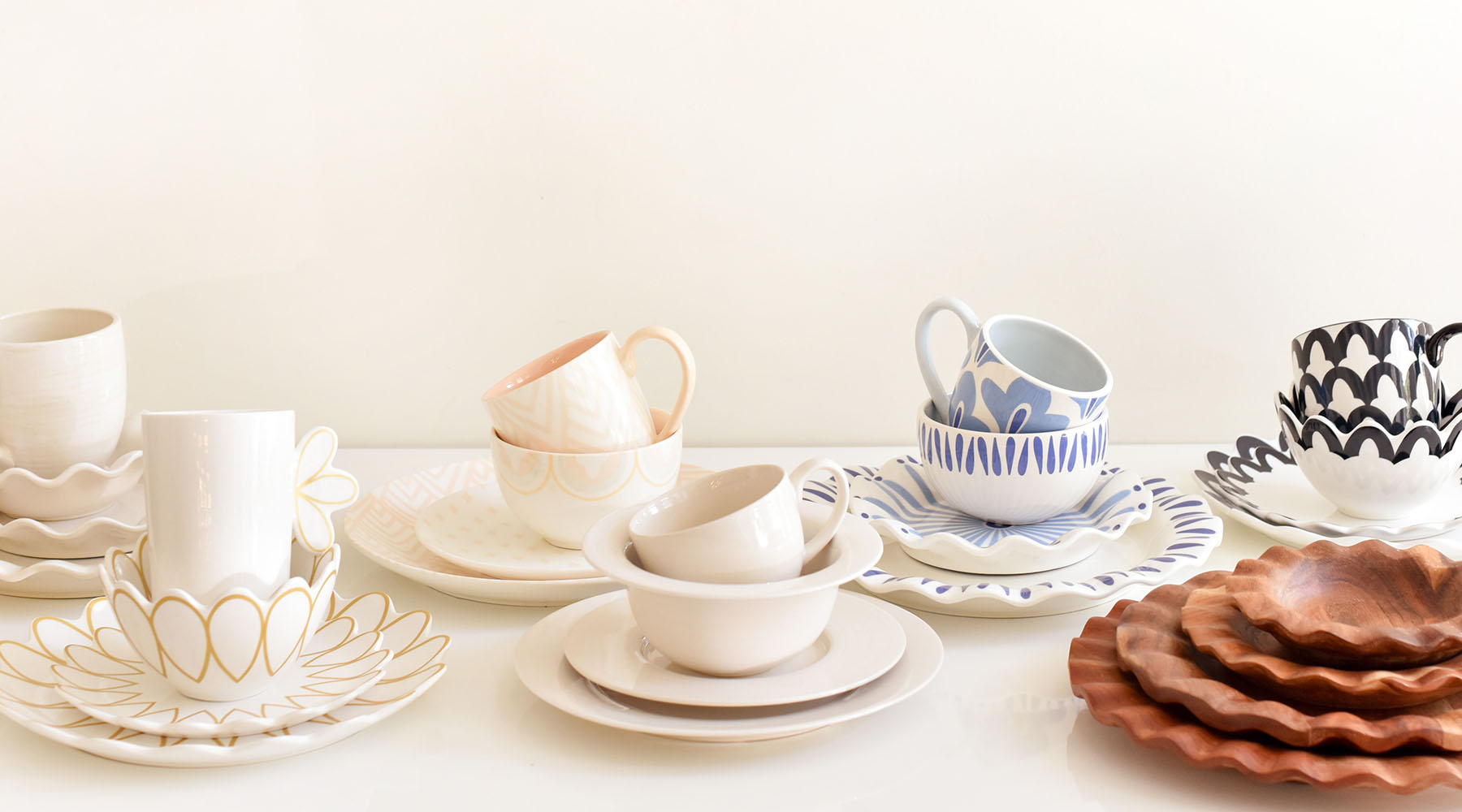
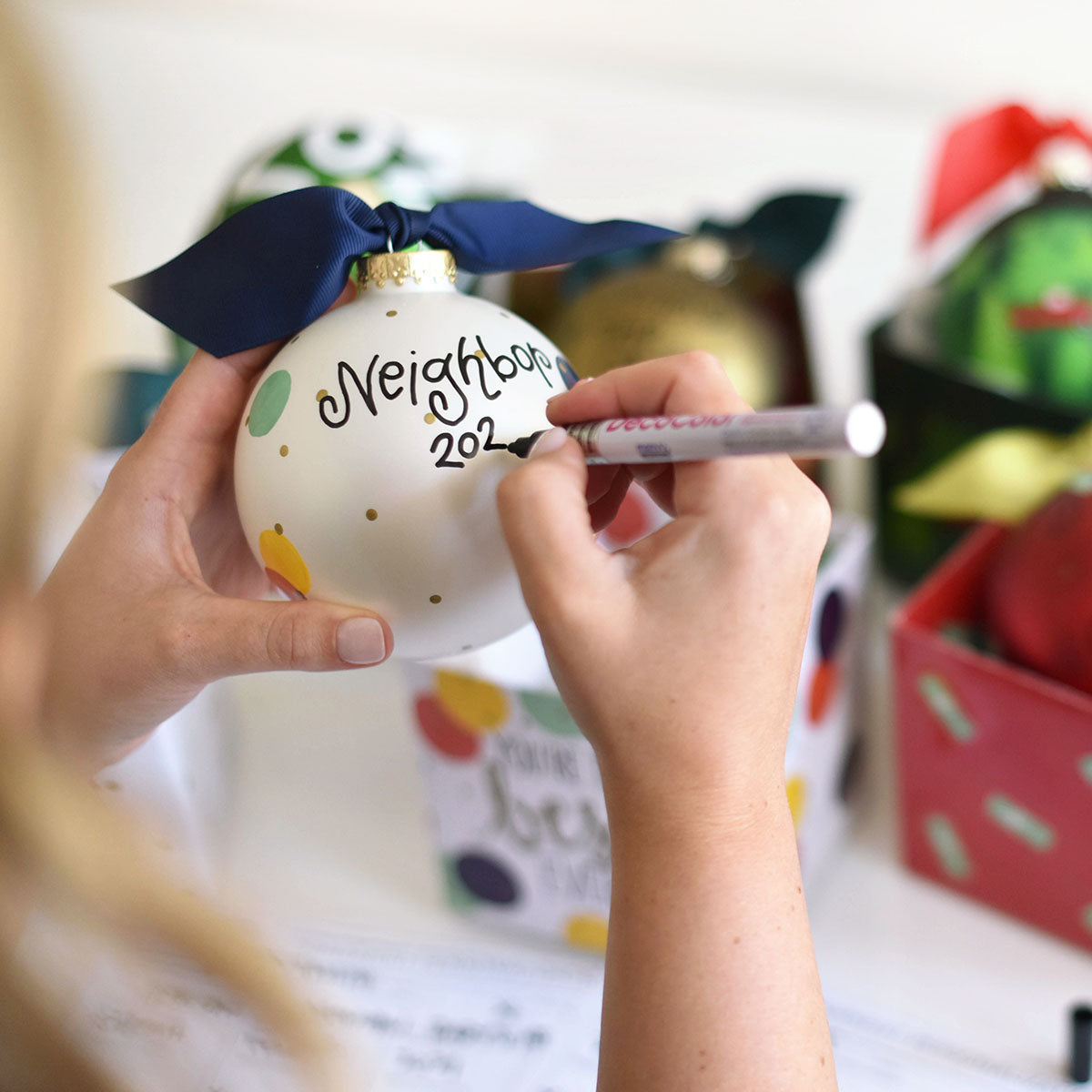
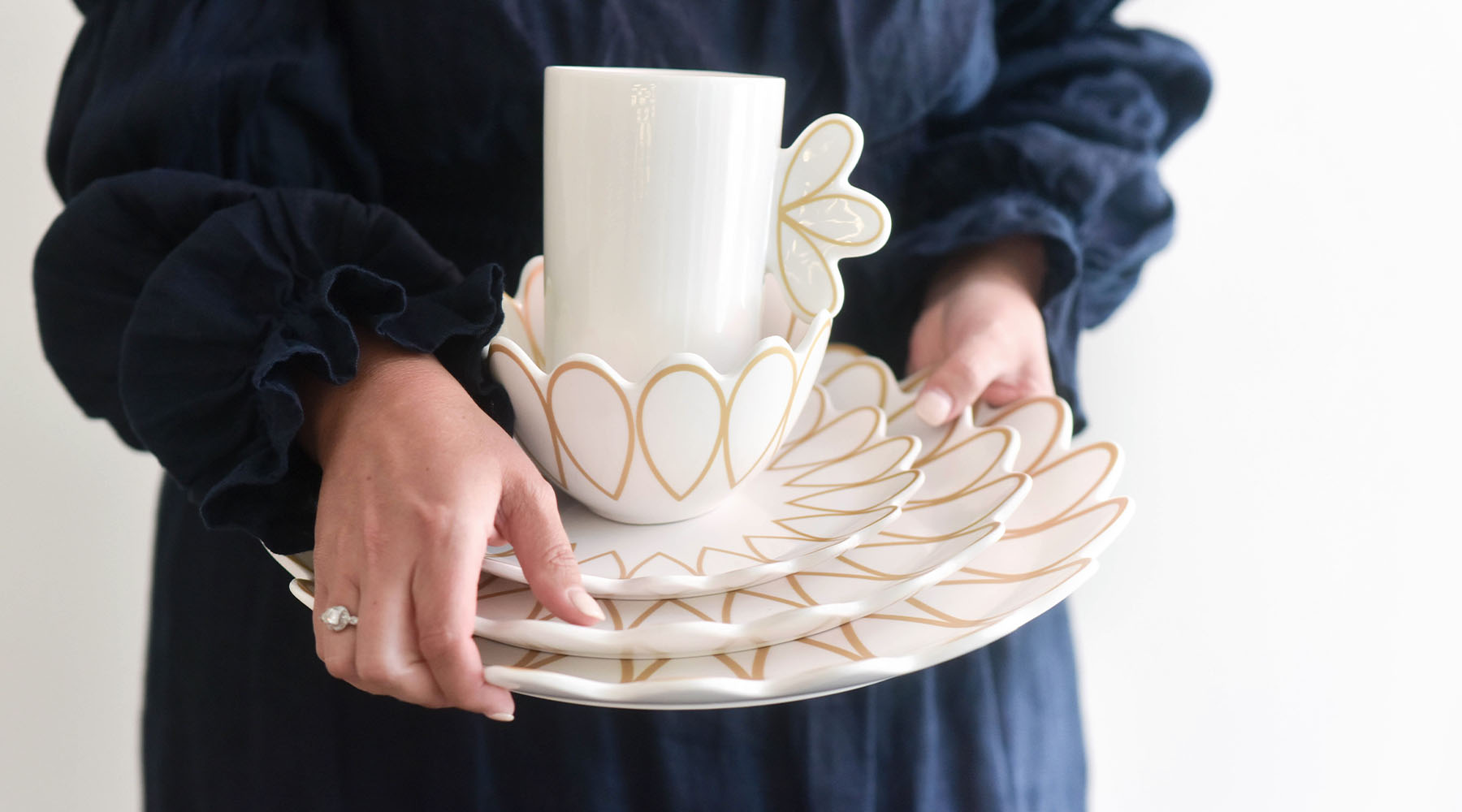










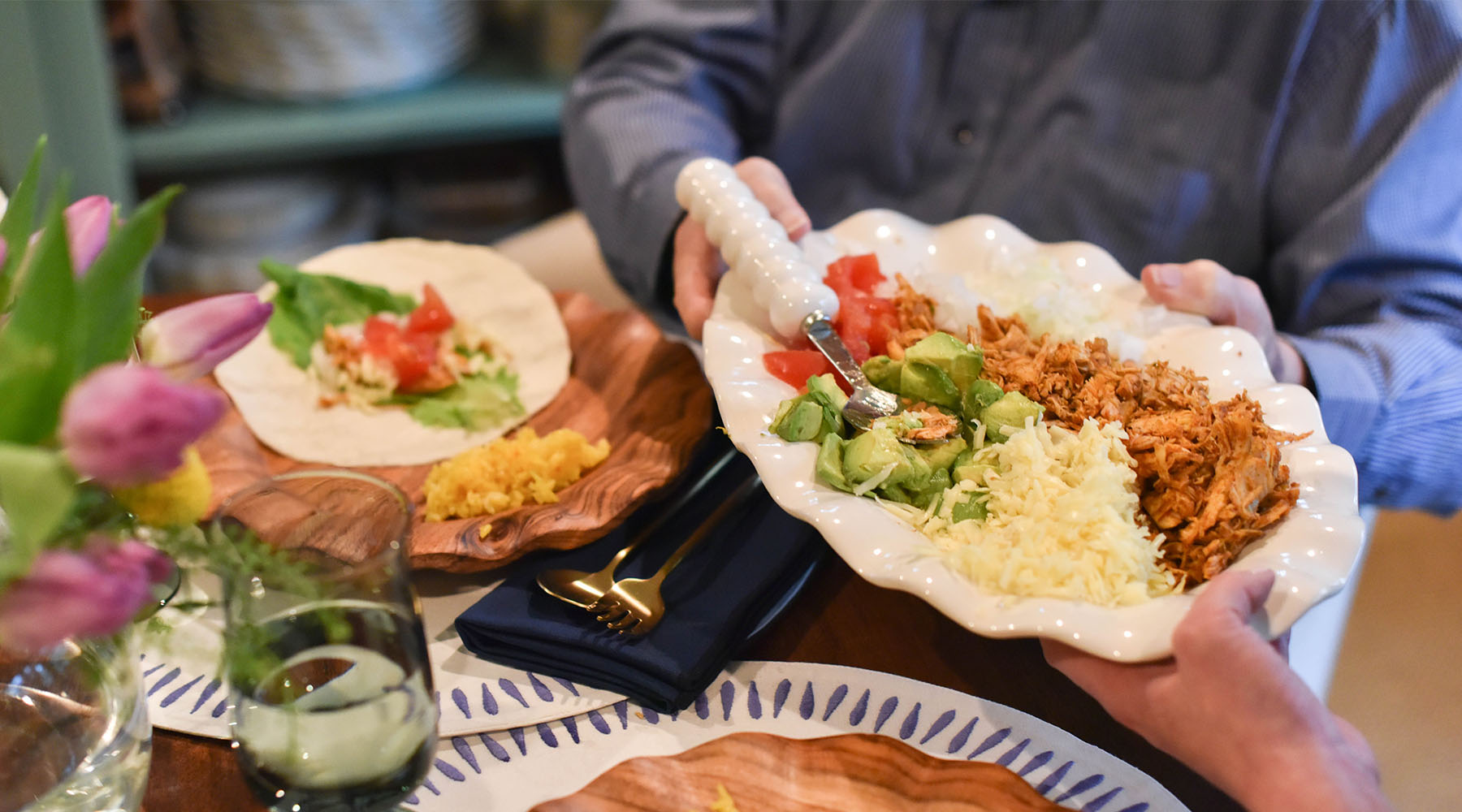
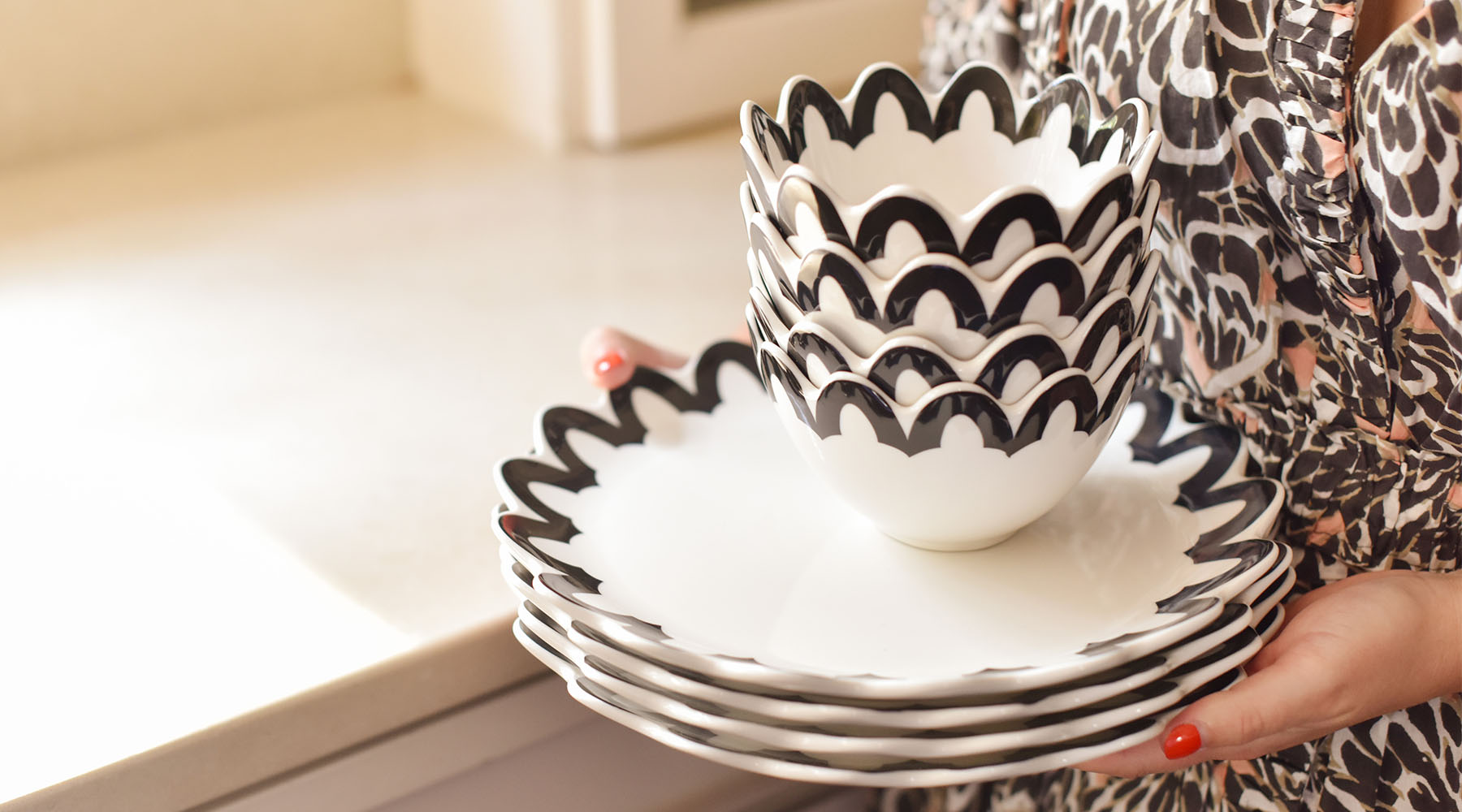


Leave a comment
This site is protected by hCaptcha and the hCaptcha Privacy Policy and Terms of Service apply.